Keeping is the Google Groups alternative that "just works"
Google Groups collaborative inbox is not built for customer support. Keeping is.
Keeping has all the features you need to efficiently manage customer requests, including collaboration, ticket management, and reporting. If you are serious about providing excellent customer support, you need a tool designed for the job.
Keeping is that tool.
Google Groups was designed to be a mailing list for discussion groups. Keeping was designed from the ground up for customer support teams. Best of all, Keeping is 100% compatible with your existing Google Group.
No Credit Card Required
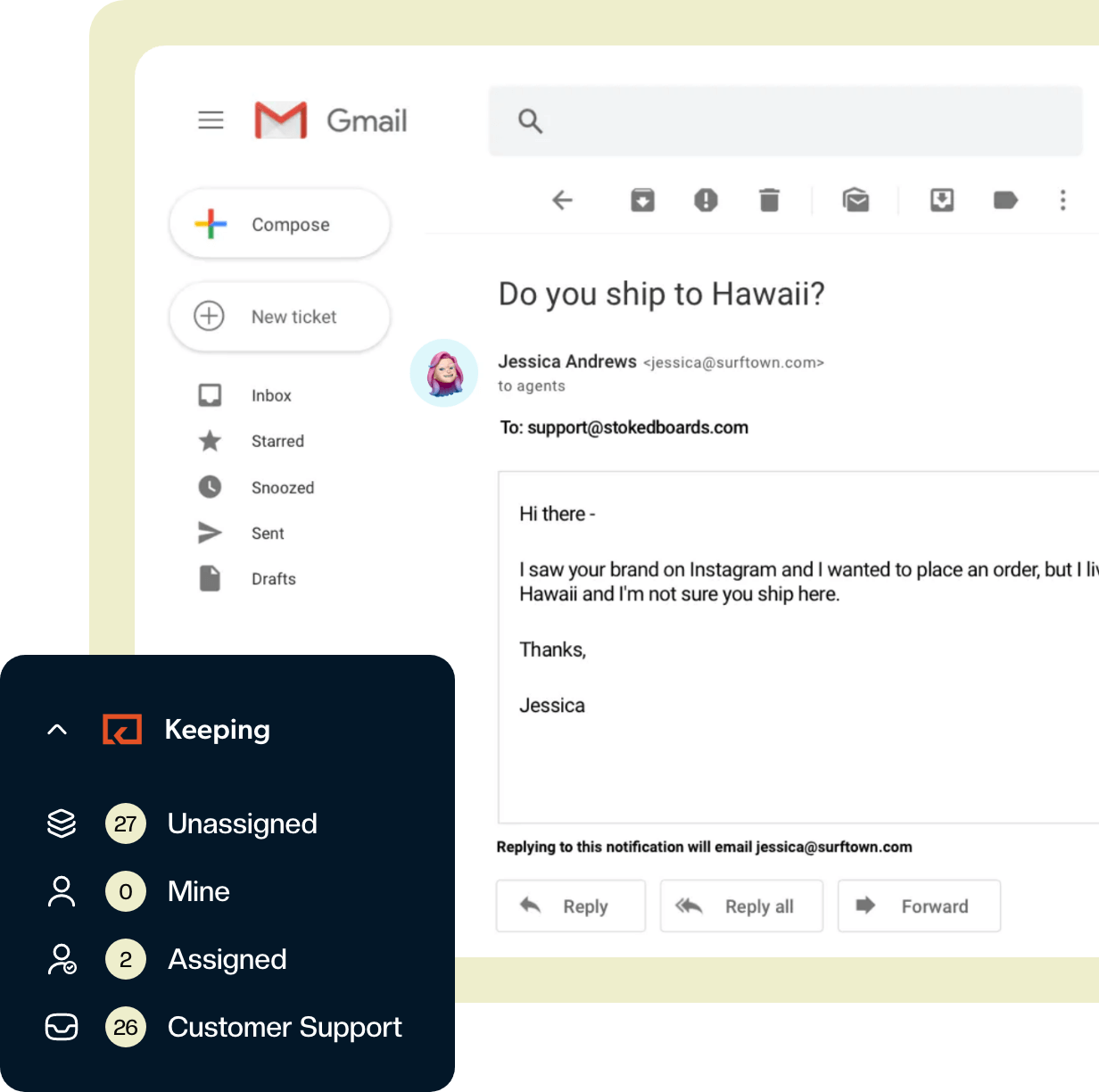

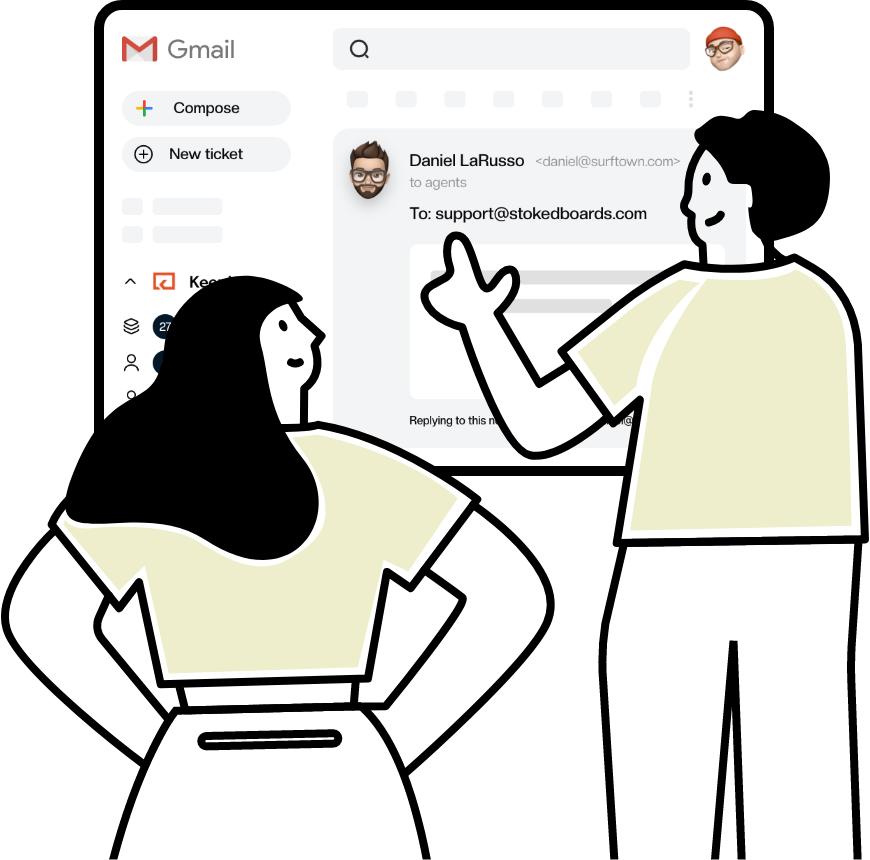
You get what you pay for with Google Groups
The main benefit of using Google Groups collaborative inbox is that it's free in most paid Google Workspace organizations. But as the saying goes, "You get what you pay for."
Google Groups was initially designed as a mailing list for forum discussions. In fact, Google Group's roots go back to 1995 and the "old days" when discussions happened on Usenet on mailing lists!
This means that it does not have all of the features that you would need for a dedicated customer support tool. For example, Google Groups does not have built-in ticket management features, such as assigning tickets, tracking progress, or sharing private notes. It also does not have built-in reporting features, so you cannot track the performance of your customer support team or identify areas for improvement.
Keeping is 100% compatible with existing Google Groups
If you are using a Google Group for your shared inbox, you can upgrade it by adding Keeping. Simply add Keeping as a user to your Google Group and, like magic, you have new features such as:
- Private notes: You can share private notes with your team members so everyone is on the same page.
- Assign and prioritize incoming emails: You can assign incoming emails to team members and prioritize them so that they are dealt with in a timely manner.
- All without leaving Gmail: You can do all of this without leaving Gmail, so you can stay productive and focused.
Or, convert your existing Google Group to a Google Workspace account and connect it to Keeping with a single click. It's your choice.
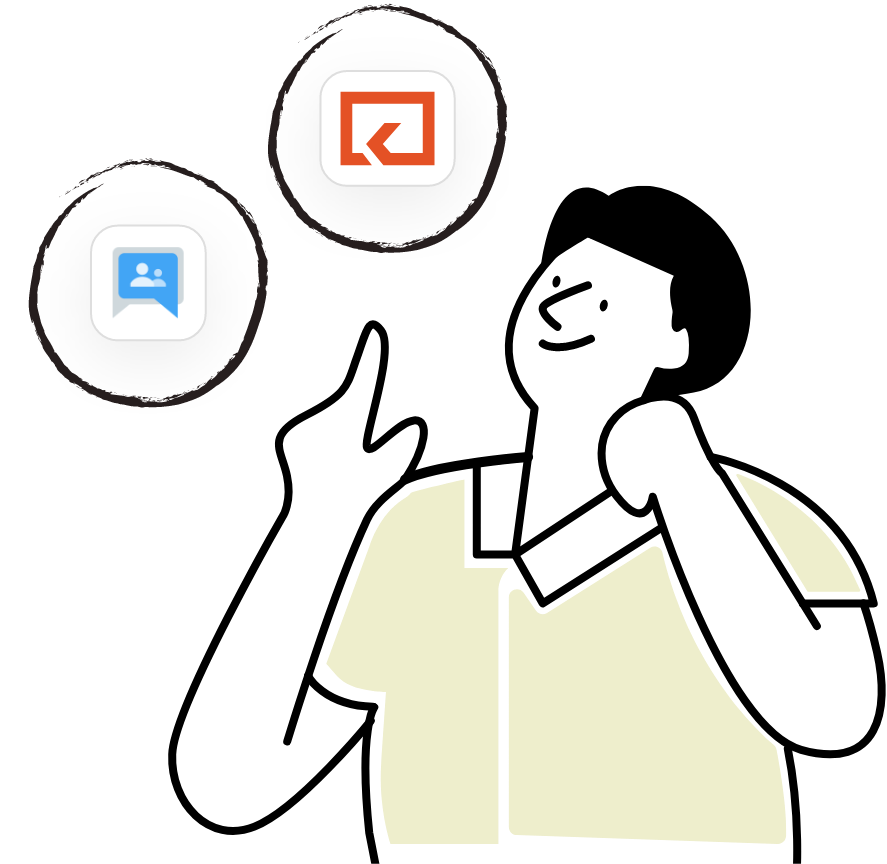

Everyone is on the same page with Keeping
With Google Groups, when a team member replies to an email sent to the group email address, their response is not shared with the rest of the team. This can lead to confusion and chaos, as multiple people may reply to the same message without knowing someone else has already responded. This can also make it challenging to track who is responsible for resolving the issue.
Keeping solves this problem by ensuring all messages are shared with everyone on the team. Everyone is always up-to-date on the latest information and can collaborate effectively to resolve customer issues.
If you are looking for a solution to improve your customer support, then Keeping is better than Google Groups. It is more efficient, collaborative, and feature-rich.
Keeping: More efficient than a Google Groups shared mailbox
Keeping was designed from the ground up for teams that need to quickly and collaborate on a shared inbox.
Collaborate in Gmail
Adding customer support to your operation no longer means opening an extra browser tab. Manage your shared inbox from your own Gmail account. No external app!
- Add collaboration to email
- Stop duplicated work
- Share the workload
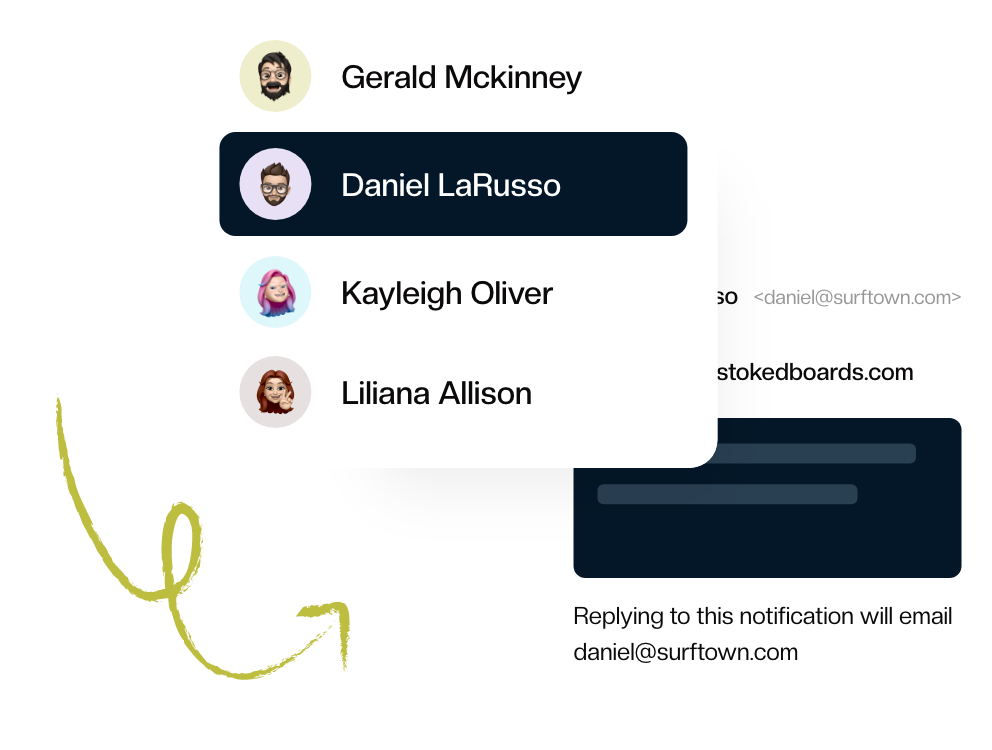
Simple & Streamlined
Our instant setup and Gmail integration are designed for the busiest teams. There’s no complex software to configure. You’re up and running and supporting customers in minutes.
- Get started in minutes
- One home for multiple mailboxes
- Save time with shared templates
Learn More
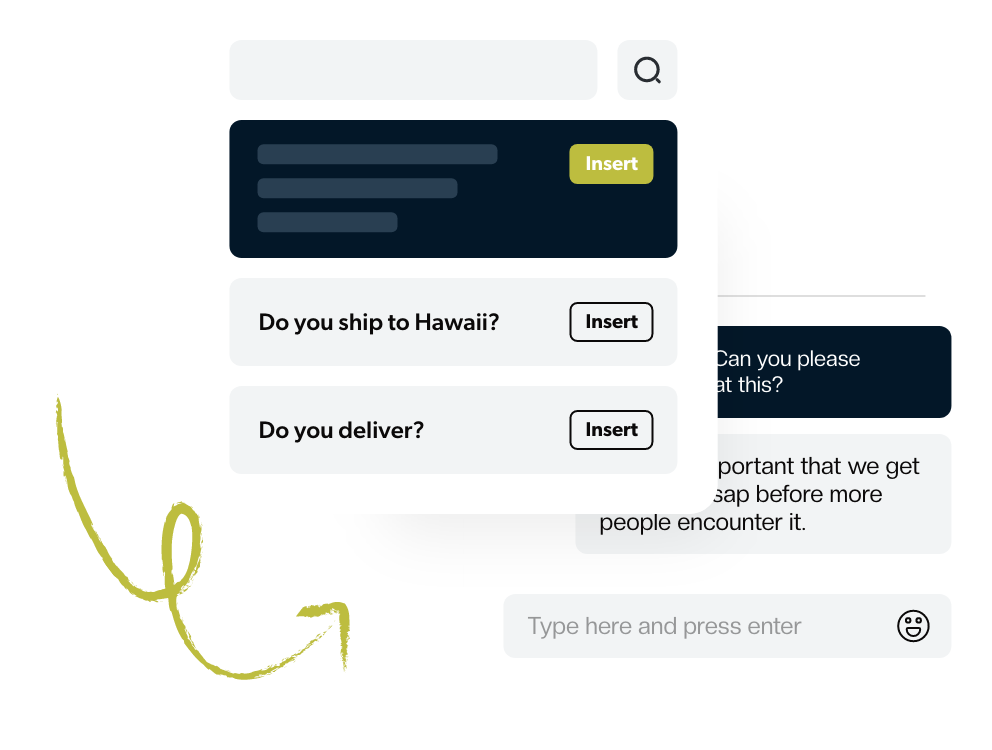
Best-in-Class Analytics
Advanced reporting gives you the data you need to know how your team responds to customers. Track first response time, resolution time, busiest times, and much more.
- Reports by agent, tag, and mailbox
- Understand how your team can improve
- Visualize the data over time
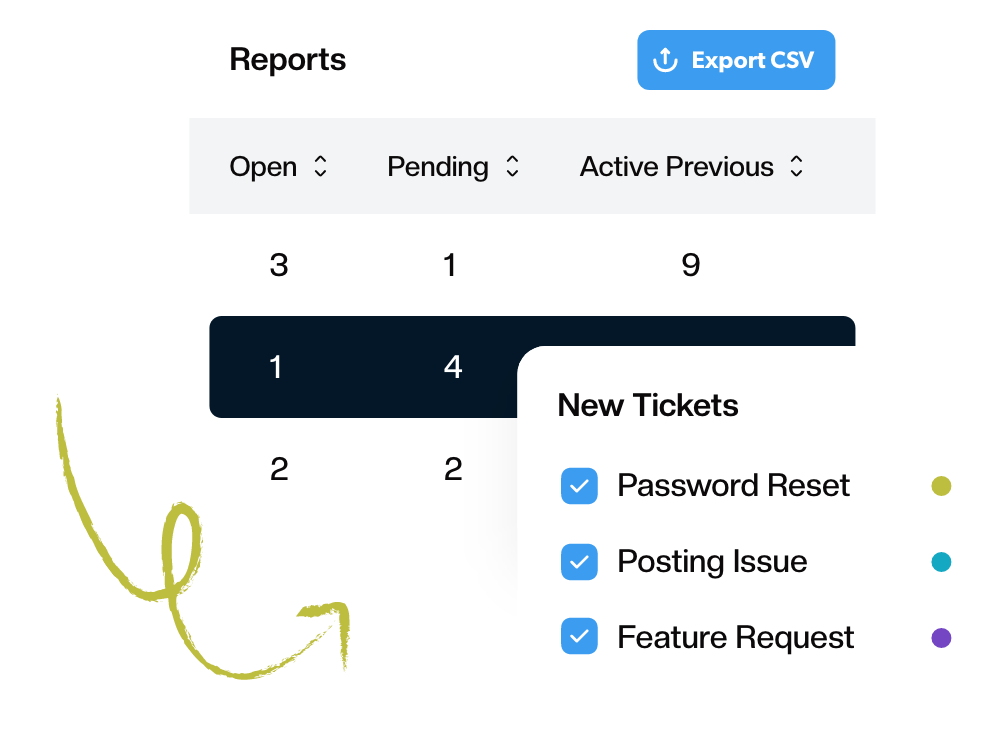
Automate Everything
Focus on what’s essential and let workflows handle repetitive tasks. Automatically assign tickets, set priority and tags, or change the status based on the content of your email.
- Improve team efficiency
- Respond to customers faster
- Nothing slips through the cracks
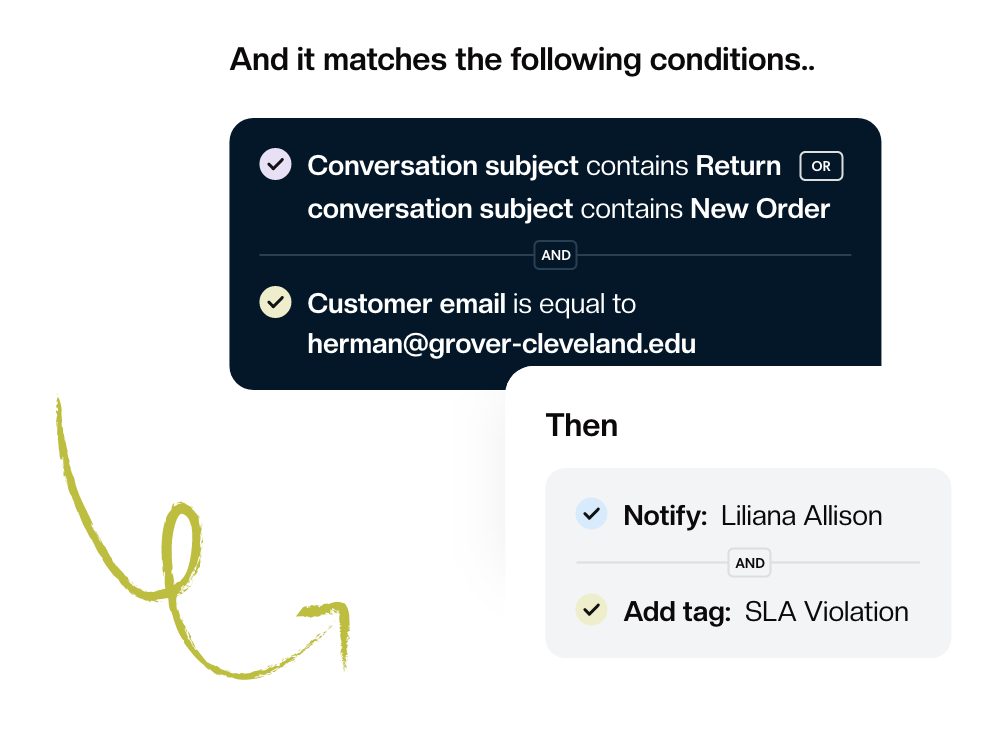
Connect the Tools You Use
Keeping is a powerful tool that can help you to stay organized and productive. But it can be even more powerful when you connect it to your other tools, such as Shopify, Zapier, or HubSpot.
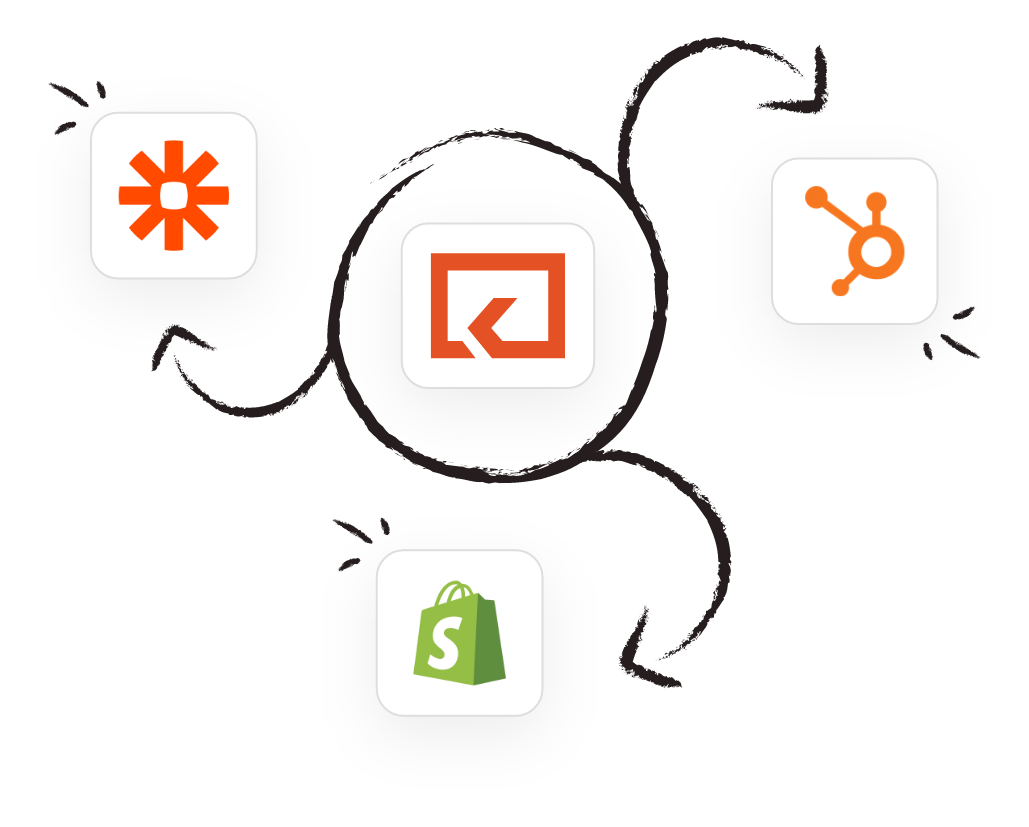
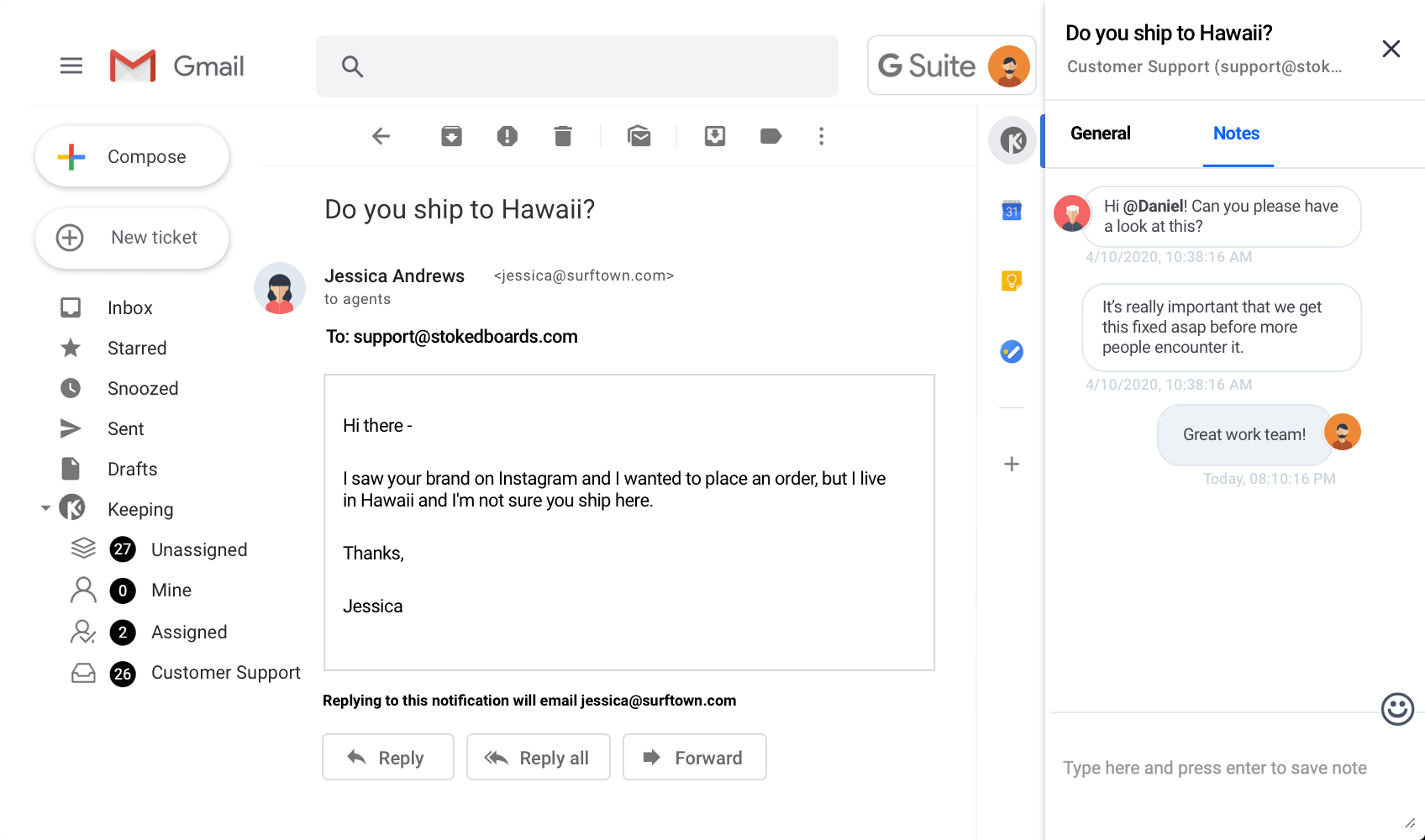
Keeping works inside Google Workspace
Unlike Google Groups, Keeping integrates with Gmail so you can access your customer support inbox without leaving Gmail. This means you can manage your customer support inbox in the same place you manage your other emails, without having to open any extra browser tabs.
When all of your customer support conversations are in one place, you can easily keep track of what has been said and who is responsible for each issue. This can help to improve clarity and communication between you and your customers.
Add as many shared mailboxes as you need
A small team can start using Keeping for less than $30 a month. While not free like Google Groups, Keeping was designed from the ground up with collaboration in mind, and it has features that are specifically tailored to this task. For example, Keeping has built-in ticket management, private notes, and reporting features. You can also add as many shared mailboxes as you need without paying extra.
Keeping offers quick and easy support, so you can get help if you need it. Google Groups offers almost no support, so you may get stuck if something goes wrong.
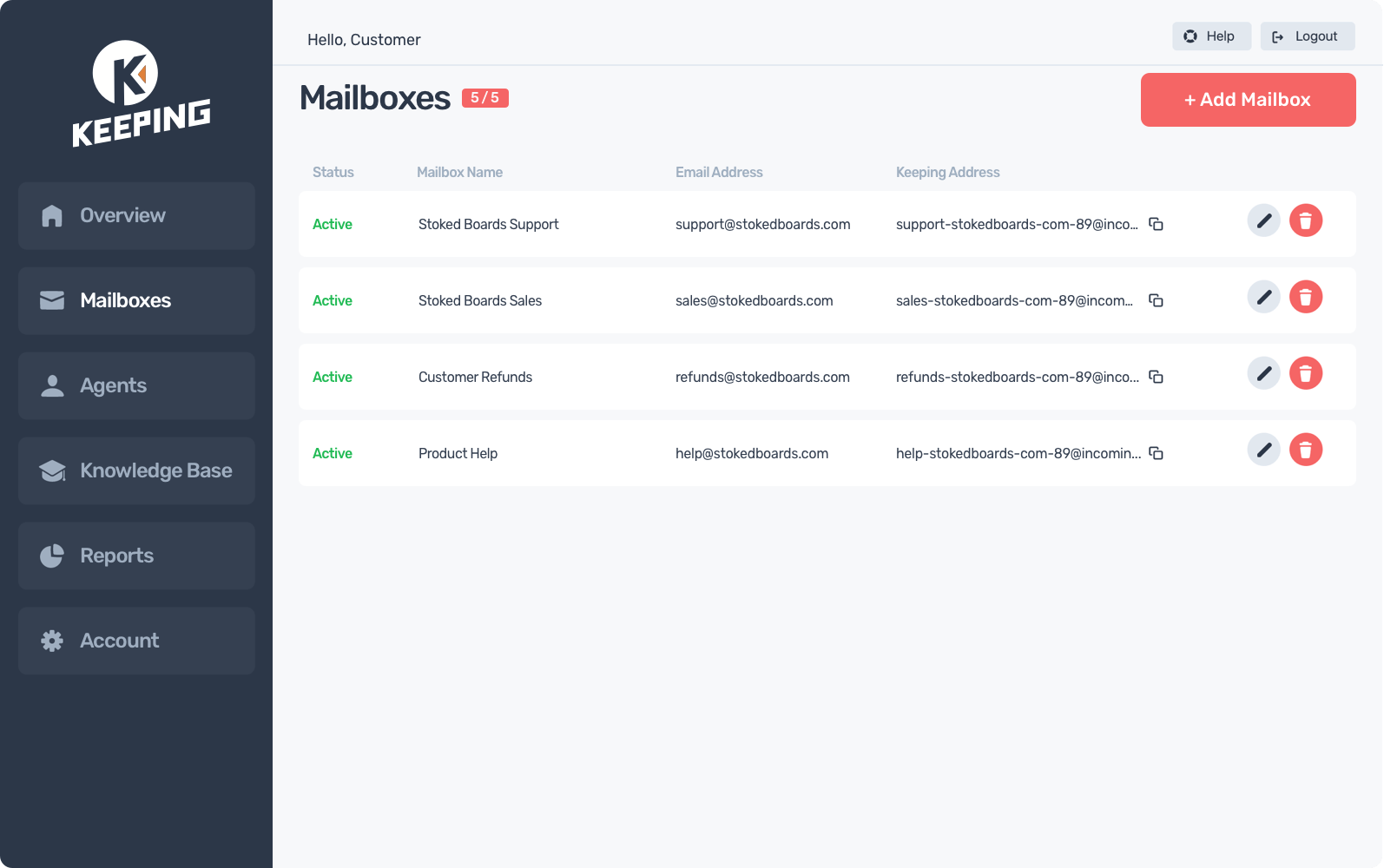
The Google Groups alternative your team will love
Made for busy teams
Collaborate with team members in real-time — no more forwarding emails and confusion around who is doing what.
Try us for free
There's no credit card required to get started. Get set up and connected in less than 10 minutes.
Secure and safe
Security and safety are at the core of everything we do. We publish our security policies and procedures so that you can see how we protect your data.
Organization
$17
per user per month billed annually
Our most comprehensive plan at a price you can afford.
Our customers love us for a reason
Don’t just take our word for it, see what our customers are saying about us.

Rated 4.4 /5 on G2





